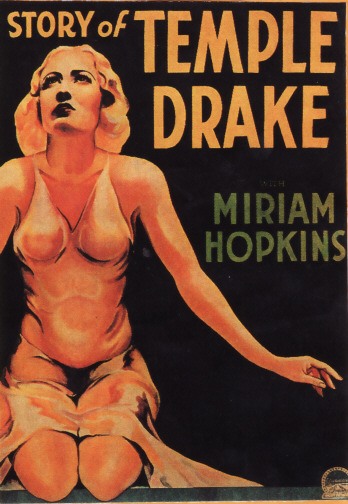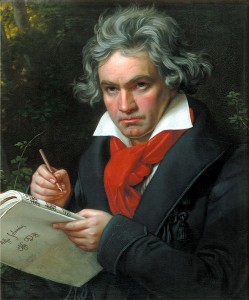
Image courtesy of The Criterion Collection.
Claire Denis is such a magnificently visual director that no one should miss the opportunity to see her latest film, White Material (2009) on the new Criterion Collection Blu-ray. I only wish that Beau Travail (1999) would receive such luxurious treatment! Working with a new cinematographer (Yves Cape) Denis manages to strike a fine balance between off-the-cuff spontaneity, precisely observed details and the pictorial beauty of the West African landscape. And yet, despite the film’s entrancing visual style, it doesn’t quite come off.
To my mind, the film falters in two areas. First, the main character of Maria Vial (Isabelle Huppert), the head of a coffee plantation on its last legs before the region falls to civil unrest, is too single-minded and unmoving. Her conflicts are wholly externalized; that is, we never see her work through any self-doubts or arrive at any meaningful turning points. This makes the film’s dramatic trajectory too single-minded and ultimately predictable. When she snaps at the end, her act of violence is also patently incredible. That said, Isabelle Huppert does a superb job of bringing the character of Maria physically to life, regardless of the limitations of the script.
The second flaw has do with the director’s decision to set it within “Africa” and not a specific country. Despite Claire Denis’ undeniable gift for establishing atmosphere and drawing fine performances out of even the smallest extras, we wind up with a fairly abstract parable about colonialism: a Decaying Coffee Plantation, the Woman Who Refuses To Leave, the Escaped Rebel, Child Soldiers, and so on. Ironically, as the accompanying interview with Denis makes clear, she draws upon a deep personal knowledge of Africa; details such as the ubiquitous transistor radios are very much grounded in quotidian reality. Even so, the narrative feels schematic. I’m not opposed to parables in principle, but in this particular case the story would have worked better if Denis and her co-writer Marie N’Diaye had grounded it more concretely in a specific context.
The director-and-cinematographer-approved transfer on the Criterion Blu-ray does an excellent job of conveying the look of a film that was shot largely with available light in a beautiful but unforgiving landscape. Special features include interviews with Denis, Huppert and actor Isaach de Bankolé, and a documentary by Denis on the film’s premiere at the 2010 Écrans Noirs Film Festival. White Material may not merit a purchase unless you’re a die-hard Denis fan, but it’s certainly worth seeking out as a rental.
Update (7/1o/2011):
David Denby offers a devastating critique of the film in The New Yorker. Among other things, he writes:
The movie is an attack on white postcolonial arrogance and stupidity, but none of the African characters are more than a handsome face.
This charge is difficult to refute. The critical character of “The Boxer” in particular lacks a meaningful backstory, although viewers closely familiar with African history and politics might be able to draw some inferences about him. The casual viewer (like me) ends up out in the cold with little more than beautiful faces, as Denby astutely points out. I still think the film is worth a look, but I am increasingly inclined to agree with Denby.
 One of the most eagerly sought pre-Code films, Stephen Roberts’ The Story of Temple Drake (1933), is showing tonight on TCM at 8:00 p.m. An adaptation of William Faulkner’s 1931 novel Sanctuary, it stars Miriam Hopkins and features atmospheric cinematography by Karl Struss.
One of the most eagerly sought pre-Code films, Stephen Roberts’ The Story of Temple Drake (1933), is showing tonight on TCM at 8:00 p.m. An adaptation of William Faulkner’s 1931 novel Sanctuary, it stars Miriam Hopkins and features atmospheric cinematography by Karl Struss.


